0
Generative AI has recently become available to the general public via web browsers, making the experience of ‘creating’—or in the context of this dossier ‘co-creating’—a seemingly novel image (or text or, most recently, video) accessible to everyone who is capable of typing and has an internet connection. This sort of ease to ‘create’ something with a high degree of technical accuracy has appeared before: the photographic apparatus of the camera.
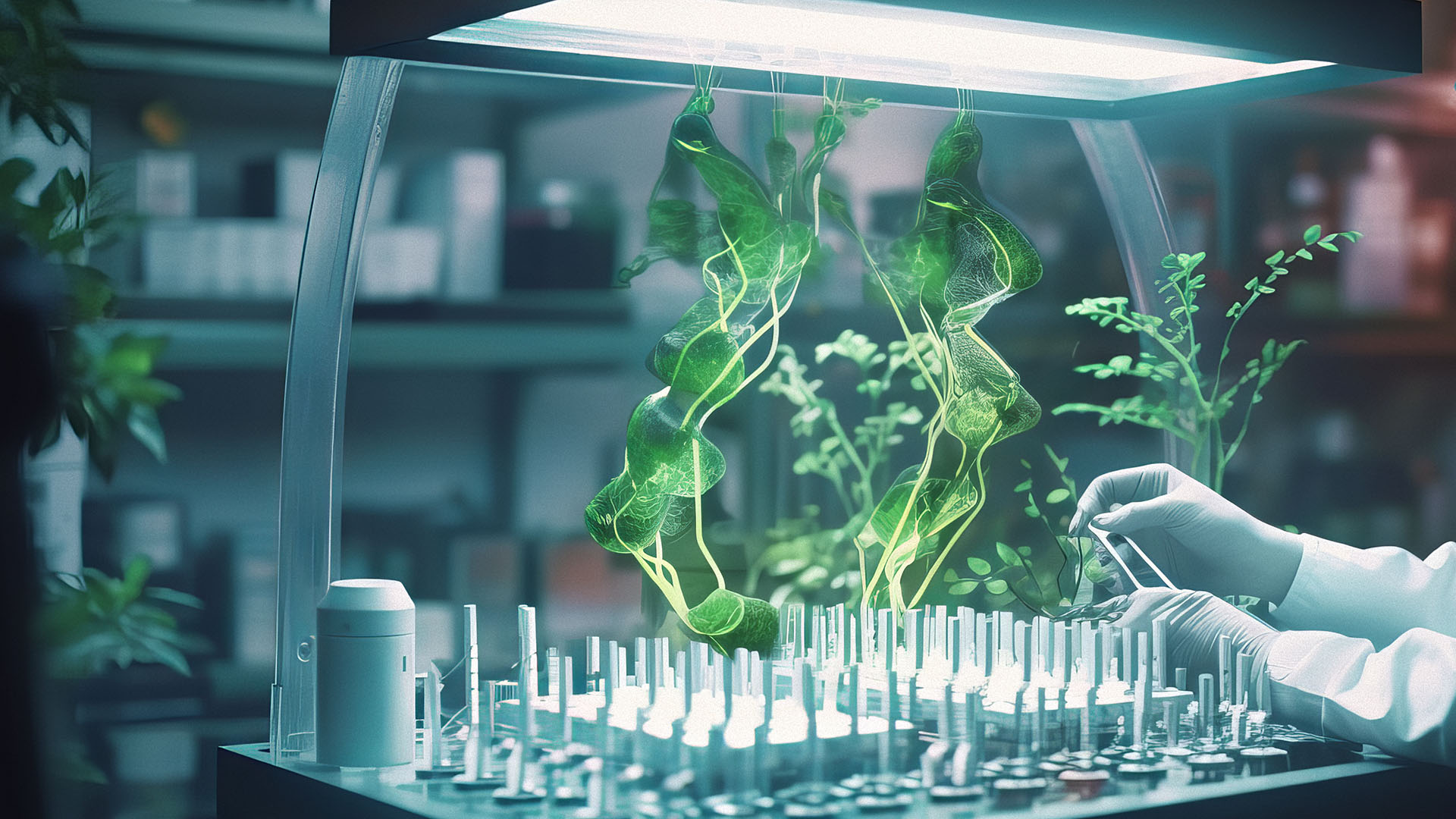
1
In his treatise Towards a Philosophy of Photography, the Czech-Brazilian philosopher Vilém Flusser carries out an in-depth analysis of the relationship between the photographer, the camera, and the universe of images it generates. The case study of the camera is intended to also serve as a “general analysis of apparatus[es].”1 “Apparatus” can be understood as an “overarching term for a non-human agency, e.g. the camera, the computer and the ‘apparatus’ of the State or of the market.”2 Apparatuses are complex systems distributed across many components—both mechanical and social, hard and soft technologies.
In Flusser’s analysis, “all apparatuses (not just computers) are calculating machines and in this sense [are] ‘artificial intelligences,’ the camera included, even if their inventors were not able to account for this.”3 Thus, Flusser’s examination of the dynamic that exists between the camera (the photographic apparatus) and the photographer (whom he calls the “functionary”) can be fruitful when considering the dynamic between generative AI systems like DALL-E, Midjourney, and Stable Diffusion, and their human users (the “functionaries”).
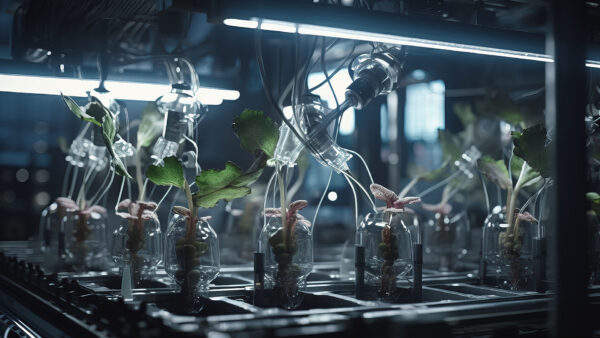
While the camera is a literal black box, the apparatus is a figurative black box; this is an essential characteristic of its functioning. As Flusser wrote, “the functionary controls the apparatus thanks to the control of its exterior (the input and output) and is controlled by it thanks to the impenetrability of its interior.”4 For Flusser, the photographer serves (and “is controlled by”) the camera—the functionary serves the apparatus—and operates within the predetermined rules, or ‘program’, of the apparatus, which he defines as “a combination game with clear and distinct elements.”5 In this sense, the person who operates the apparatus becomes a function of its program.
Flusser discerns two intertwined programs within the camera: one that enables the camera’s technical operation, and another that provides the photographer with a “language” of images to explore.6 However, these programs are not isolated. The camera is also part of a larger network, affected by the programs of the photographic industry that designed it. This industry, in turn, is influenced by the broader industrial complex which is itself shaped by the socio-economic system. In this hierarchy of programs, which Flusser describes as being “open at the top,”7 the functionary’s agency is minimal. Their sense of freedom is merely a “programmed freedom” within the predetermined parameters of this hierarchy of programs and the “photographic universe”.8
Towards what, if anything, or into what, if anything, does this hierarchy open?
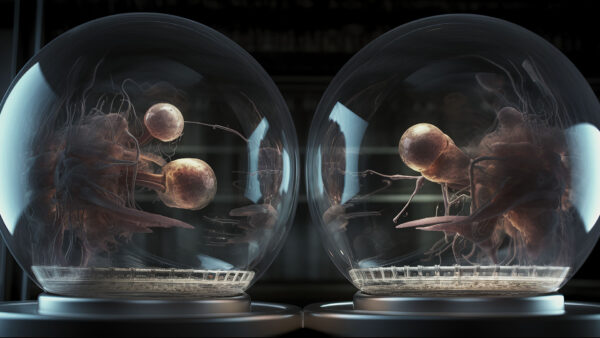
2
The word apparatus is sometimes applied to natural phenomena. Flusser gives the example of an animal’s hearing apparatus. For Flusser, such usage is “metaphorical” though, and amounts to “applying a cultural term to the natural world,” and “if there were no apparatuses in our culture, we should not refer to such organs in that way.”9
This is a recurring pattern of interpreting natural systems through cultural frameworks. Philosopher René Descartes conceived of animals as machines in the 17th century, a moment in a long lineage of thinking going back to ancient Greece and extending into the present that leads to contemporary biological engineering—the application of engineering principles to living organisms.
In his book The Selfish Gene, evolutionary biologist Richard Dawkins argues that genes are the fundamental units of natural selection and that organisms—which Darwin had defined as the unit of selection a century before—are mere “survival machines” for these genes.
From this perspective, and through adopting the language of Flusser in a metaphorical way, we could say that organisms are both the survival machines and the functionaries within the genetic universe.
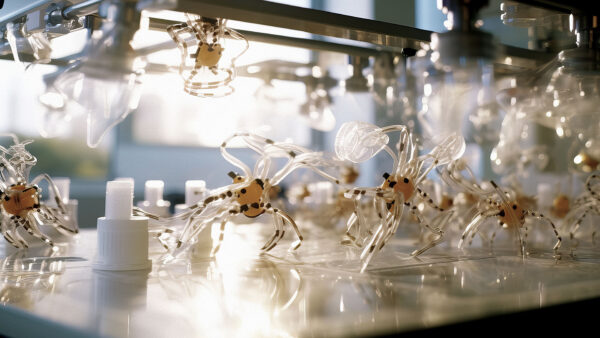
3
The notion of ‘generative’ has a biological etymology related to reproduction. The sheer fecundity and ease of access to generative AI in both image and text have grabbed headlines and filled social media feeds. However, there is another guise of AI operating more quietly and away from the mass audiences of social media. This AI will impact the future of another, ontologically different, generative domain: biological life. By leveraging advances in computational power, data analysis, and machine learning techniques, AI is opening vast new potentials to create, among other developments, novel biological organisms.
In the metaphorical conceptualisation of organisms as “functionaries” within the “apparatus” of life, it would seem that life has found a new “functionary” in the human-AI coupled system—a functionary that can radically expand the scope and pace of exploration of the possibilities of the genetic universe.
Scientific researchers have already used artificial intelligence to create so-called “xenobots,” which are living, reproducing ‘robots’ from frog stem cells.10 The conceptualisation of life as machinic (from Descartes to Dawkins to bio-engineering) has led to biological machines becoming a reality. Thus, in the end, life as machine is not a metaphor but a hyperstition.11
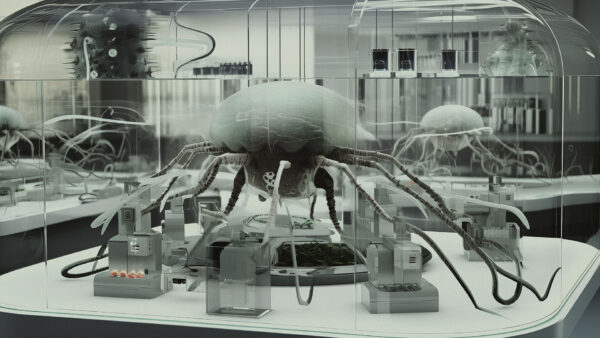
Writing in the early 1980s, Flusser observed that “the technical images currently all around us are in the process of magically restructuring our ‘reality’ and turning it into a ‘global image scenario’.”12 When Flusser makes reference to a “magical relationship” he means a break with historical relationships: as the “gaze wanders over the surface” of “the photograph, rather than seeing historical events with their causes and consequences, we see magical connections.”13
Both Earth and biological life are historical systems. The (interconnected) feedback loop between organism and environment is essential for the propagation of life across time. Where artificial selection started to bend this relationship, genetic engineering and synthetic biology have broken this historical relationship. In the same way that photography replaced a historical relationship with a magical relationship, as discussed above, synthetic biology augmented by AI will give life a magical rather than historical relationship to time. Without any recourse to environment or history (the consequences of) artificial intelligence in biology will establish new relationships that entirely break with history. AI will explore the ‘chemical space’ (or we could say ‘chemical universe’) of entirely different hereditary molecular systems besides DNA.14 One can imagine the etymological origin of ‘generative’—from the Proto-Indo-European root “give birth, beget”—will return when the life sciences deploy their own forms of generative AI.15
The accelerating climate crisis and environmental change has started a sixth mass extinction,16 with the speed of change becoming too rapid for many organisms to adapt. Will the “survival machines” of genes that biological generative AI engenders be among those that repopulate the Earth? Where will that ultimately leave the human progenitors of AI?
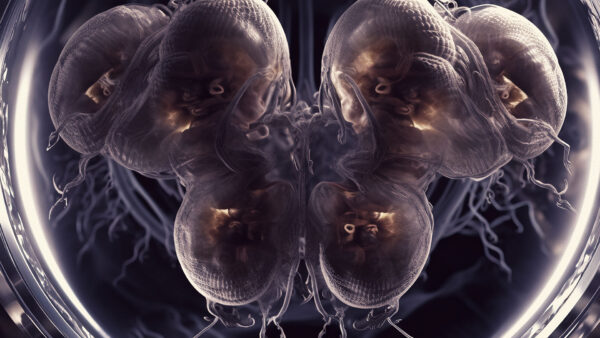
4
Flusser’s concept of the camera suggests that it must have a complex program; otherwise, “the game would soon be over.”17 The potential capabilities built into it must exceed the ability of the operator to fully utilize them, implying that the camera’s program should surpass that of its functionaries. Flusser writes that “no photographer, not even the totality of all photographers, can entirely get to the bottom of what a correctly programmed camera is up to. It is a black box.”18 This notion extends beyond photography to our wider discourse on AI and life systems.
The images in this contribution to the research dossier are glimpses suggesting possible futures in which this process continues—in which living organisms are no longer metaphorically but actually biological machines in an AI-augmented approach to biological engineering. Rephrasing Flusser’s description of the feedback loop between the photographer and the camera as a description of the relationship between biological engineering and life in the near future, it could be said that as the AI-coupled bioengineer functionary controls the apparatus of life, it too is controlled by the apparatus of life. The design of artificial intelligence systems—often described as black boxes—has, after all, not only been created by living organisms but has leaned on (the human, scientific understanding of) living systems, from evolutionary algorithms to neural networks.
Life is an even blacker box. The functionaries of life cannot exhaust the program of life—they can never get to the bottom of what life is up to—nor to the top of the open hierarchy of programs.
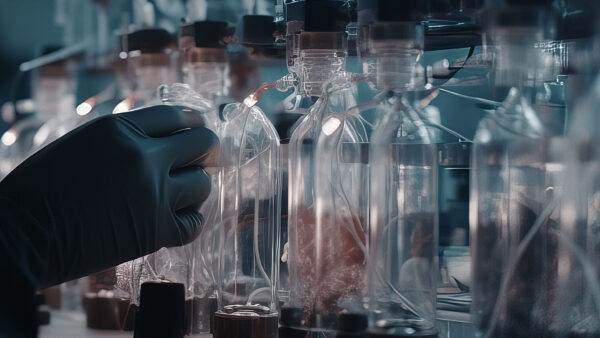
5
These images, which are interspersed throughout this text, have been produced with the generative AI platform Midjourney. Within the schema Flusser has set out, I have served merely as a functionary. These images and my production of them are not intended to either endorse or condone the hyperstitional process elaborated above, but rather to bring it into the conversation about AI co-creation. That conversation is currently dominated by text and image-based generative-AI, which grabs headlines and is highly visible on social media, yet biological life is being much more quietly transformed by AI and that conversation remains nascent, even as it poses a far greater impact on not only future human societies but indeed on the future of all life.
References
| ↥1 | Vilém Flusser. Towards a Philosophy of Photography London: Reaktion Books, 2013, p.21. |
| ↥2 | ibid. p.83. |
| ↥3 | ibid. p.31. |
| ↥4 | ibid. p.28. |
| ↥5 | ibid. p.84. |
| ↥6 | ibid. p.29. |
| ↥7 | ibid. p.29 |
| ↥8 | ibid. p.35. |
| ↥9 | ibid. p.22. |
| ↥10 | For more information see “These Researchers Used AI to Design a Completely New ‘Animal Robot” or “Living robots made in a lab have found a new way to self-replicate, researchers say” |
| ↥11 | Hyperstitions are things which, according to philosopher Nick Land, “by their very existence as ideas – function causally to bring about their own reality.” Delphi Carstens and Land, Nick (2009). “Hyperstition: An Introduction: Delphi Carstens interviews Nick Land”. Orphan Drift. |
| ↥12 | Vilém Flusser. Towards a Philosophy of Photography London: Reaktion Books, 2013, p.71. |
| ↥13 | ibid., p.60. |
| ↥14 | See the work of Henderson James Cleaves III et al., “One Among Millions: The Chemical Space of Nucleic Acid-Like Molecules,” in Journal of Chemical Information and Modeling, vol. 59, no. 10, 2019. This point is also summarized clearly in “DNA is only one among millions of possible genetic molecules,” Science Daily. |
| ↥15 | “generative (adj.),” etymology, Online Etymology Dictonary. |
| ↥16 | See “Earth’s sixth mass extinction event under way, scientists warn” for more information about the sixth mass extinction |
| ↥17 | Vilém Flusser. Towards a Philosophy of Photography London: Reaktion Books, 2013, p.27. |
| ↥18 | ibid., p.27. |